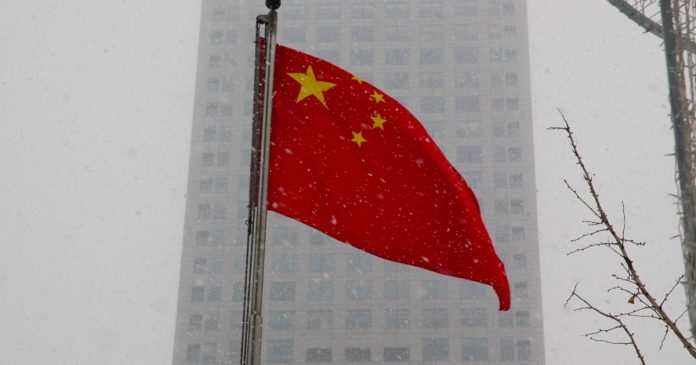Two Canadians with ties to the Hells Angels biker gang have been charged in connection to U.S. assassination plots commissioned by Iranian intelligence, according to recently unsealed documents from the U.S. Department of Justice.
An Iranian defector and another woman living in Maryland were the proposed victims of the assassination plot that was allegedly ordered by an accused Iranian drug dealer.
The drug dealer operates on the instruction of a particular officer under Iran’s Ministry of Intelligence, according to the U.S. Treasury Department.
Canadian suspect Damion Patrick John Ryan allegedly organized a team of hitmen to carry out the assassination in late 2020 and early 2021.
Ryan is a full-patch member of the Hells Angels biker organization. Canadian Adam Richard Pearson, who was found living illegally in Minnesota at the time of his arrest, has been charged as well, according to the U.S. indictment.
The charges unsealed on Monday include details about the alleged plot that involve conversations about a payment of $350,000 USD to the two men for carrying out the assassination.
Pearson promised to recruit people for the job and instructed them to shoot the victims repeatedly in the head to make a clear example of them to other defectors of the Iranian Regime.
According to the indictment, Pearson allegedly texted Ryan saying, “We gotta erase his head from his torso,” while discussing one of the intended victims.
The release of the indictment comes at a time when tensions between Ottawa and Iran have escalated over reports of foreign interference and a recent probe into the over 700 Iranian agents who were discovered covertly operating within the country.
Tensions between the U.S. and Iran are presently even higher; the U.S. government has alluded to threats of retribution over three U.S. military members who were recently killed in an attack by an Iran-backed militia.
The U.S. government also announced financial sanctions against the alleged Iranian drug dealer, Naji Ibrahim Sharifi-Zindashti, on Monday.
Zindashti is based in Iran and his network is given carte blanche by Iran’s Ministry of Intelligence and Security in exchange for its role in certain kidnappings and murders, American officials allege.
The network receives protection from the ministry for performing the assassinations and kidnappings of Iranian dissidents throughout the world, according to the U.S. Treasury Department.
“The Iranian regime’s continued efforts to target dissidents and activists demonstrate the regime’s deep insecurity and attempt to expand Iran’s domestic repression internationally,” said U.S. Treasury official Brian Nelson.
Both Pearson and Ryan are already in prison.
Ryan is incarcerated in Canada on charges related to firearms and Pearson was arrested by the FBI in 2021 and extradited to Canada four years ago on murder charges, according to CBC News.
Ryan and Pearson are now charged with one count of conspiracy to use interstate commerce facilities in a murder-for-hire plot in the U.S., along with Zindashti.
All new allegations have yet to be proven in court.



























